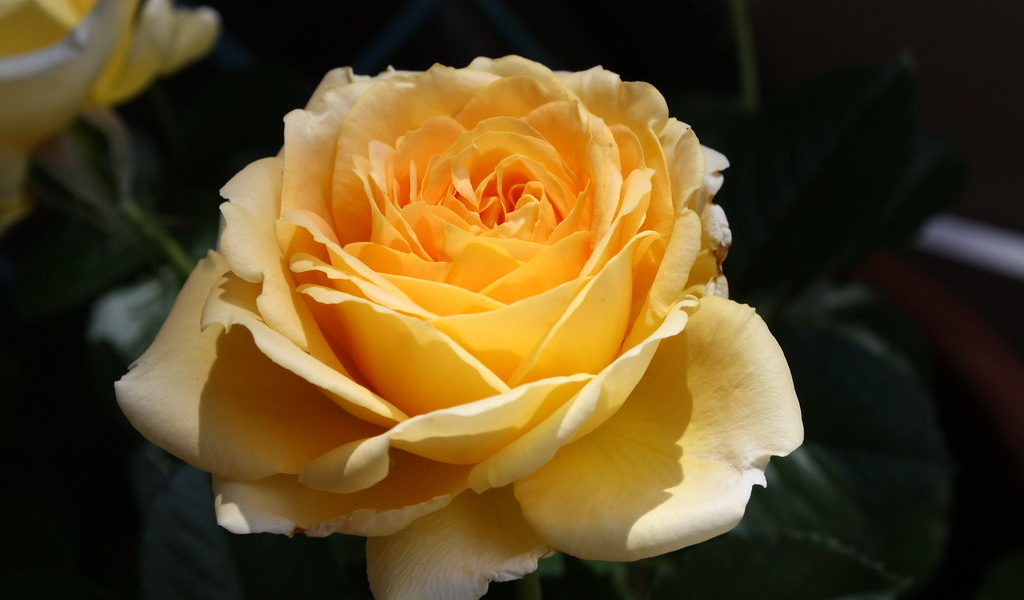Roses are undoubtedly one of the most beloved and iconic flowers. Their beauty and fragrance have captivated gardeners for centuries. To ensure healthy growth, abundant blooms, and overall plant vitality, proper pruning is essential.
While there are various opinions on when to prune roses, many experts recommend performing this task during January.
The Benefits of Pruning Roses in January
Pruning roses during the winter months offers several advantages that contribute to their overall health:
- Promotes vigorous growth: By removing dead or weak wood, pruning stimulates new growth from healthy canes.
- Enhances air circulation: Proper pruning opens up the center of the rose bush, allowing better airflow which reduces the risk of diseases like powdery mildew or black spot.
- Shapes the plant: Pruning helps maintain an attractive shape by removing overgrown branches and encouraging a balanced structure.
- Promotes larger blooms: By eliminating overcrowded canes, more energy is directed towards producing bigger and more vibrant flowers.
A Step-by-Step Guide to Pruning Roses in January
To successfully prune your roses in January, follow these simple steps:
- Gather your tools: Before starting, make sure you have clean and sharp pruners or shears. This ensures clean cuts that minimize damage to the plant.
- Selectively remove deadwood: Begin by identifying and removing any dead, damaged, or diseased canes. Cut them back to healthy wood just above a bud or leaf node.
- Remove weak growth: Look for thin or spindly canes that are unlikely to produce strong blooms. Trim them back to encourage healthier growth.
- Thin out overcrowded branches: Identify areas where the branches are crossing or rubbing against each other. Choose the weaker of the two and remove it entirely, leaving only the stronger branch.
- Prune for shape: Step back and evaluate the overall shape of your rose bush. Aim for an open-centered structure with an even distribution of canes around the plant. Remove any excessively tall or leggy growth to maintain balance.
Note: Different types of roses may require specific pruning techniques, so consult reliable sources or local experts if you have hybrid teas, climbers, shrub roses, or other specialized varieties in your garden.
The Importance of Proper Technique
To ensure successful pruning results and minimize stress on your roses, it is crucial to employ proper technique:
- Clean cuts: Use sharp tools and make clean angled cuts just above a bud or leaf node. Avoid crushing or tearing the stems as this can lead to disease entry points.
- Sanitization: Between each cut, wipe down your pruners with a disinfectant solution (such as rubbing alcohol) to prevent spreading diseases from one plant to another.
- Know when not to prune: Some rose varieties bloom only once per year on old wood. If you have such roses in your garden, be sure not to prune them in January, as it may reduce or eliminate their flowering for the current season.
Pruning roses in January is a beneficial practice that promotes healthy growth, enhances air circulation, and shapes the plant. By selectively removing deadwood, weak growth, and overcrowded branches, you can ensure your roses flourish with larger blooms during the upcoming growing season.
Remember to use proper technique such as clean cuts and sanitization to minimize stress on the plants.
However, be cautious not to prune rose varieties that bloom only once per year on old wood during this time. With these guidelines in mind, your roses will thrive and bring joy to your garden for years to come.



